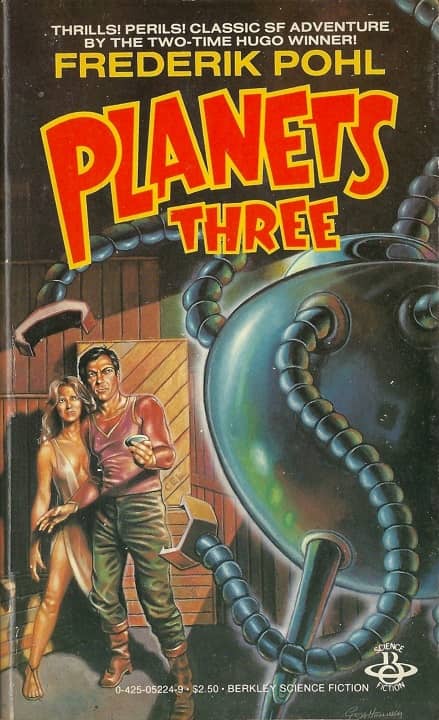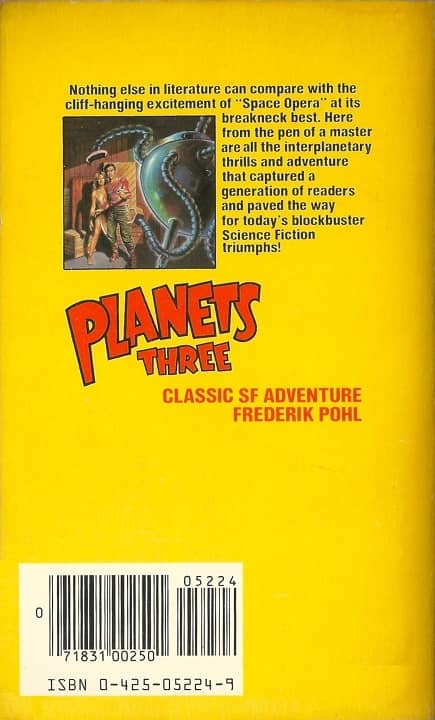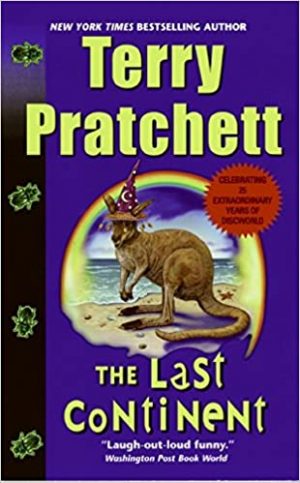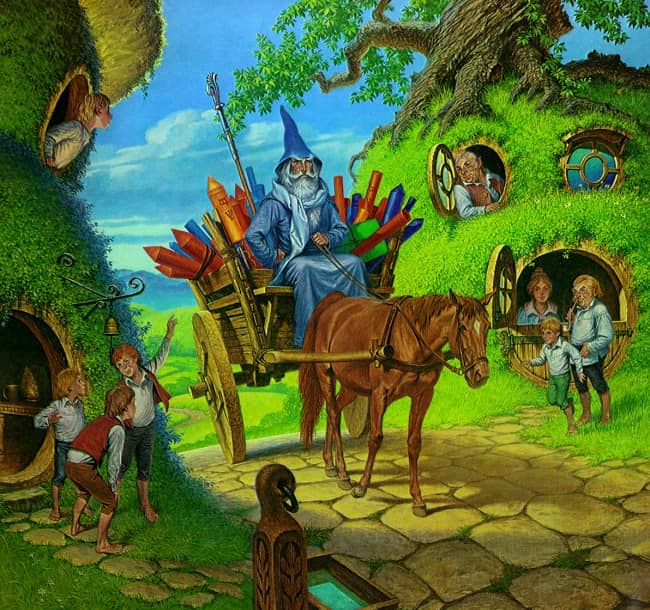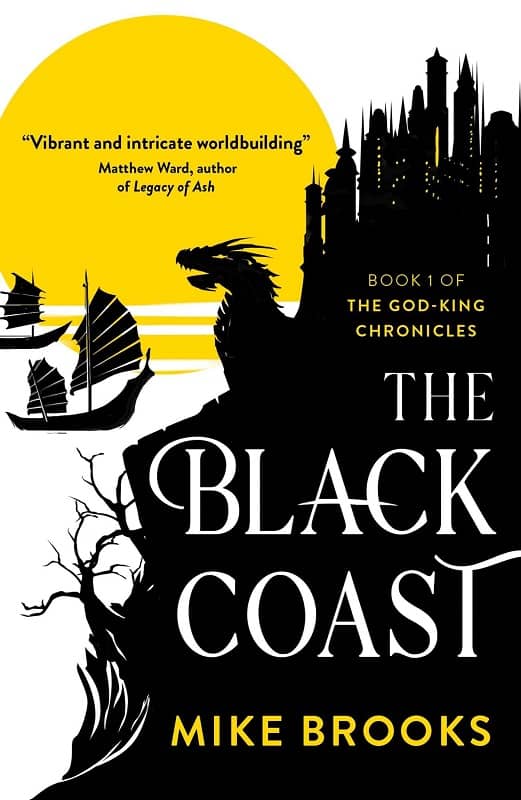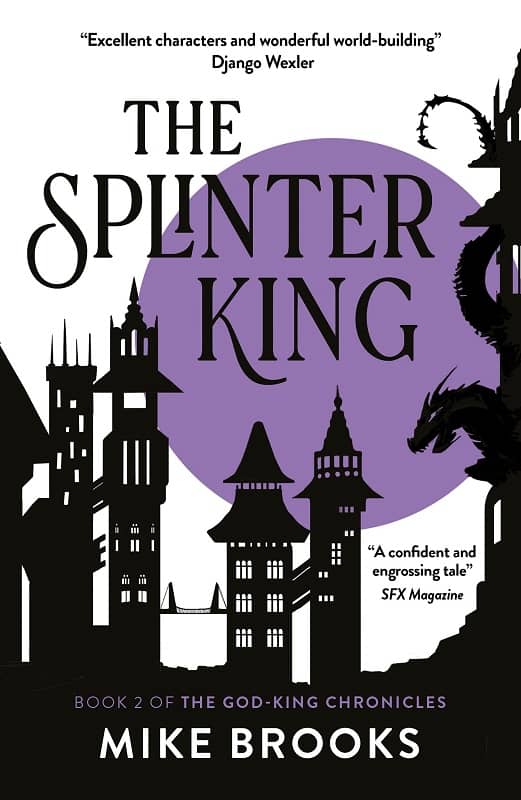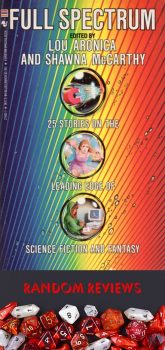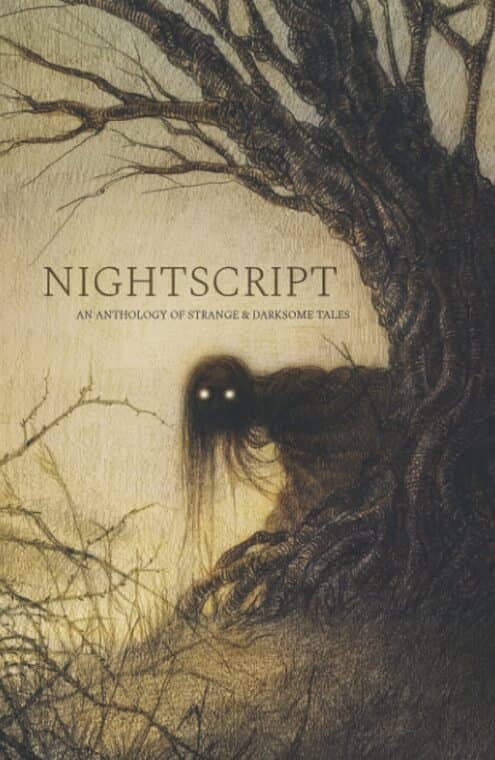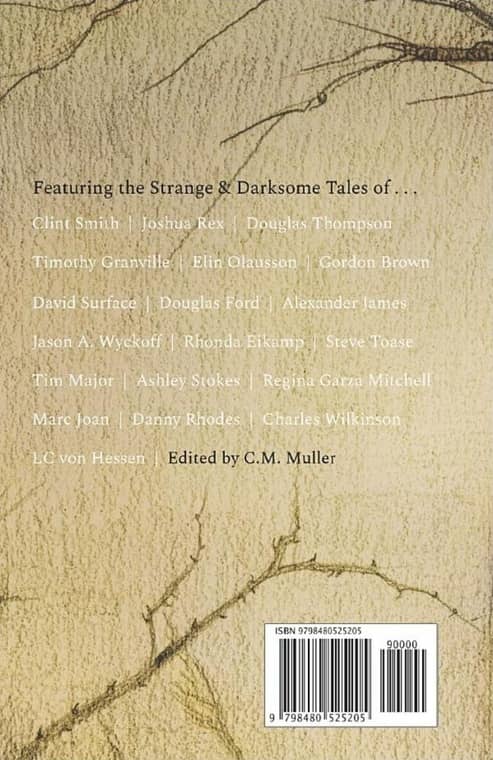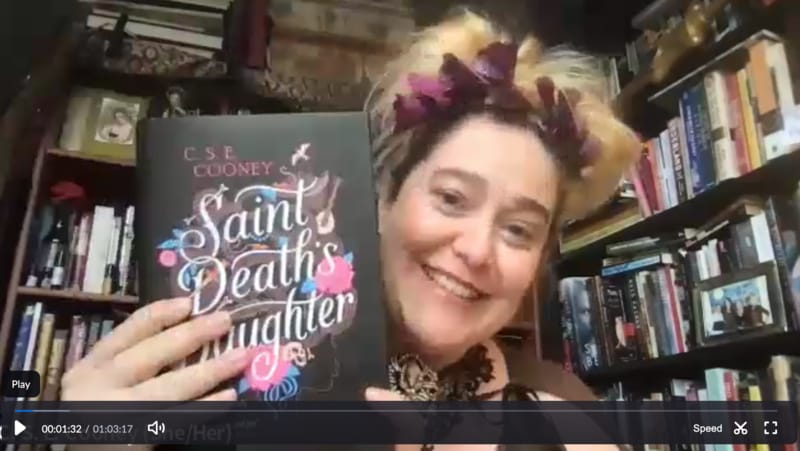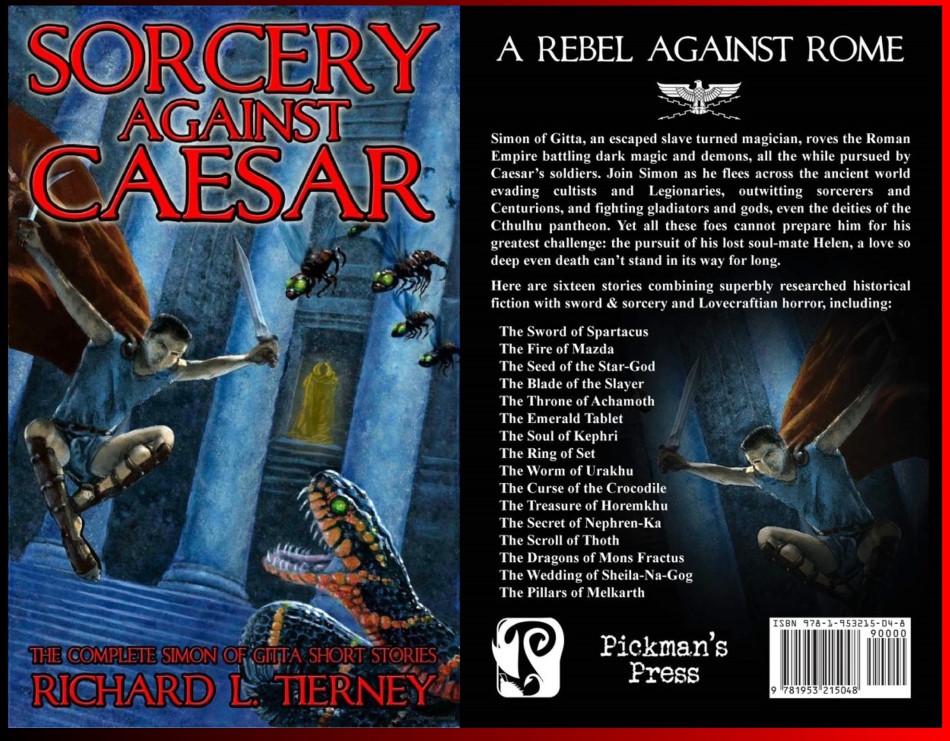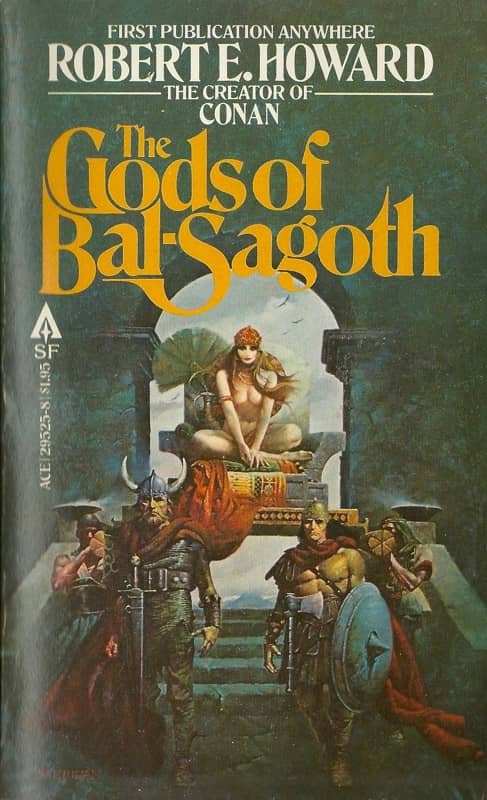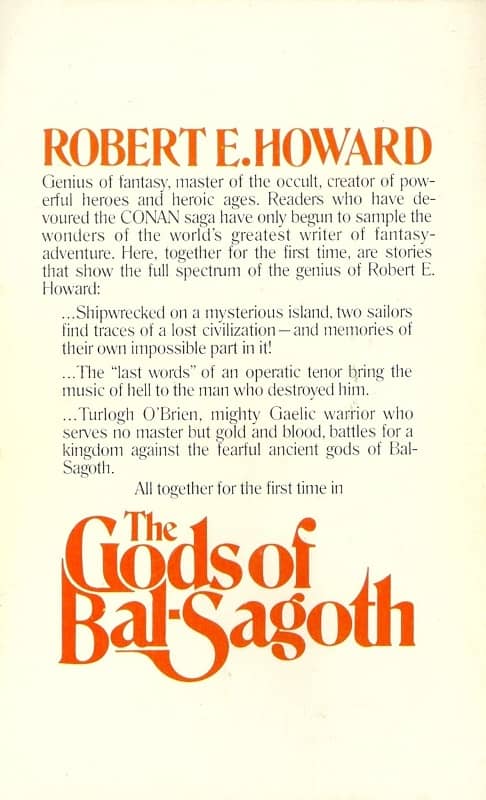African Folk Tales and Sword & Sorcery: Moon Witch, Spider King by Marlon James
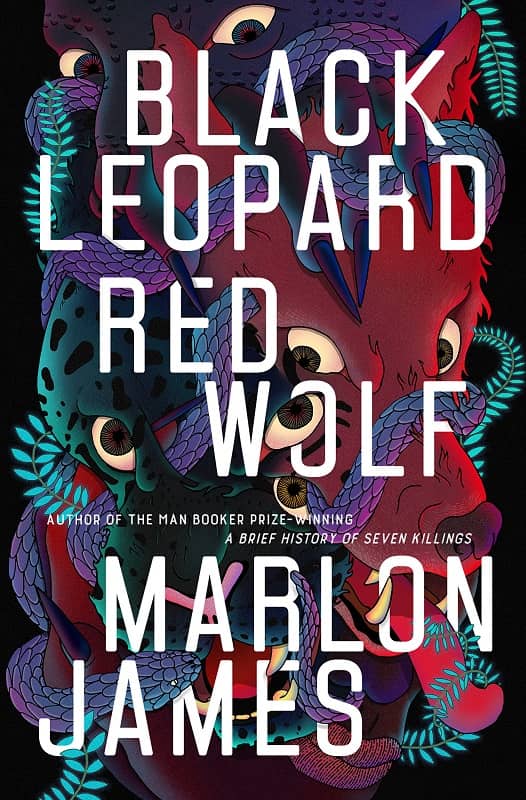 |
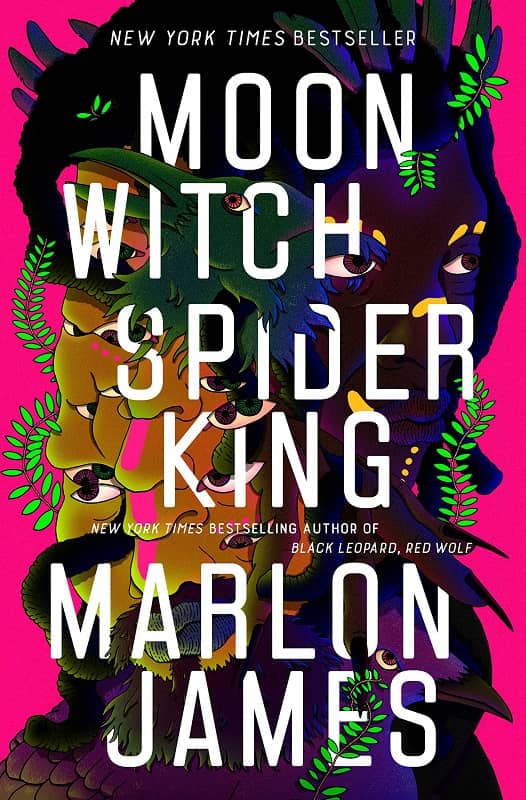 |
Black Leopard, Red Wolf and Moon Witch, Spider King (Riverhead
Books, February 2019 and February 2022). Covers by Pablo Gerardo Camacho
The first novel I bought by Marlon James was A Brief History of Seven Killings, a fictionalized version of the true story of the attempted hit on Bob Marley by seven gunmen in the late 1970s — which isn’t even fantasy or SF, but what can I tell you, I just picked it up in Barnes & Noble and it sounded cool. It won the 2015 Man Booker Prize and vaulted the Jamaican author to international prominence.
He turned heads in our own little corner of the literary world in 2019 with Black Leopard, Red Wolf, the opening novel in The Dark Star Trilogy. It won the Locus Award for Best Horror Novel, and was a finalist for the National Book Award. Salman Rushdie said “Its imagination is all encompassing,” The New York Times called it “The literary equivalent of a Marvel Comics universe,” Entertainment Weekly proclaimed it “A revolutionary book,” and Time listed it as one of the 100 Best Fantasy Books of All Time.
The follow-up arrived two months ago, and it’s not a sequel in the traditional sense. Moon Witch, Spider King retells Black Leopard, Red Wolf — the tale of a mercenary hired to find a missing child in Africa — from a very different perspective. It was an instant New York Times bestseller, and Buzzfeed labeled it “Even more brilliant than the first.”
